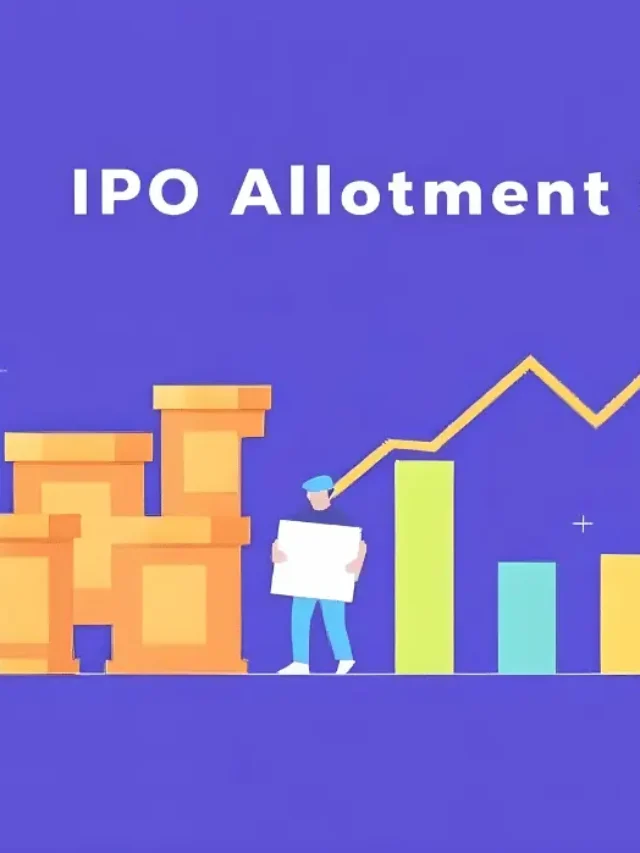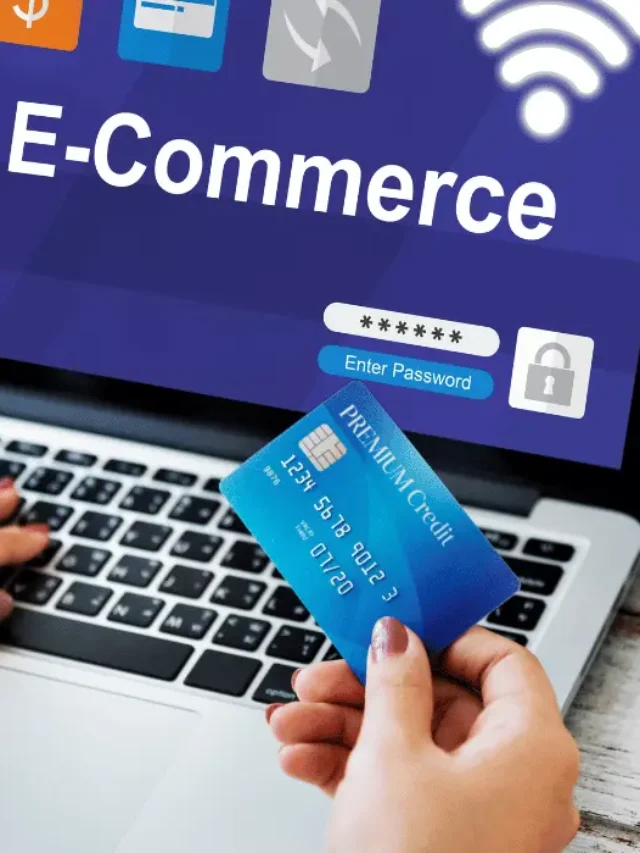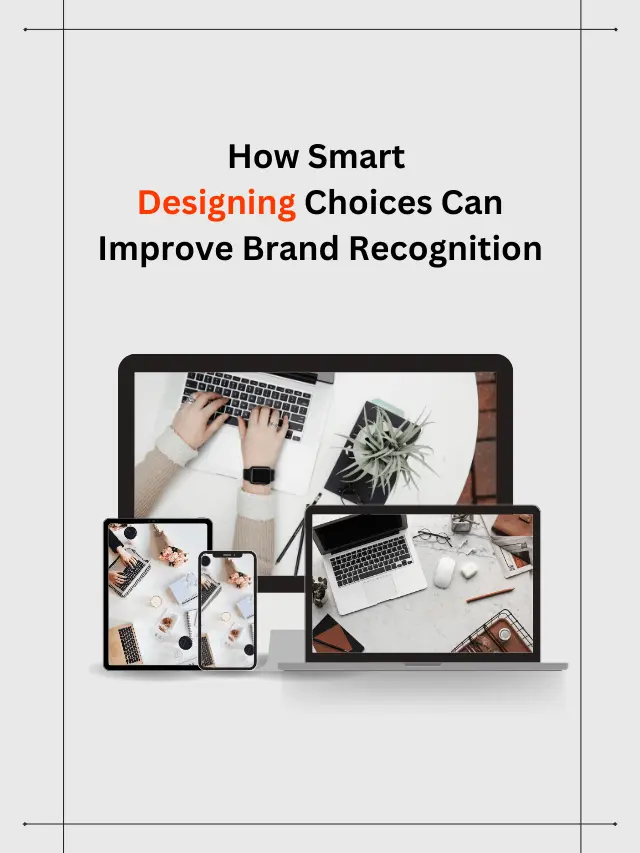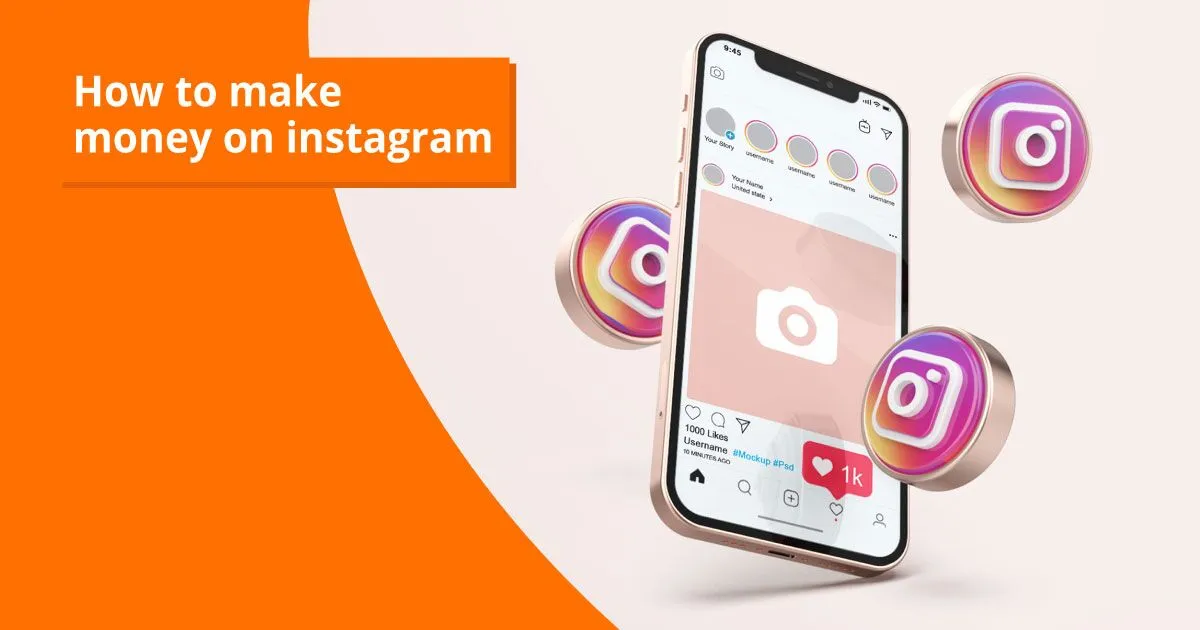Maximize Your Online Success with Shopify: Insights from a Shopify Expert
Shopify is one of the most popular eCommerce platforms, enabling businesses of all sizes to create, manage, and scale online stores. Whether you’re an entrepreneur starting a new venture or an established business looking to expand online, Shopify offers a range of tools and services to suit your needs.
Shopify POS: Bringing Online and Offline Sales Together
What is Shopify POS?
Shopify POS (Point of Sale) is a system that allows you to sell your products in person, while seamlessly syncing with your online store. This ensures inventory and sales data are consistent across both online and physical locations.
Features of Shopify POS
- Inventory Management: Real-time inventory tracking across all sales channels.
- Customer Profiles: Create and manage customer profiles to enhance personalized marketing.
- Mobile POS: Sell anywhere with mobile POS devices.
- Integrated Payments: Accept various payment methods including credit cards, Apple Pay, and more.
Benefits of Shopify POS
Shopify POS helps businesses unify their sales channels, providing a consistent customer experience and easier management of sales, inventory, and customer data.
Shopify Capital: Financing for Growth
What is Shopify Capital?
Shopify Capital provides merchants with quick access to funding without the lengthy processes associated with traditional loans. It’s designed to help businesses invest in inventory, marketing, or expansion.
How Does Shopify Capital Work?
- Eligibility: Based on your store’s performance, Shopify offers you funding options.
- Repayment: A percentage of daily sales is automatically deducted until the advance is repaid.
- No Credit Checks: Eligibility is determined by your Shopify store’s performance, not your credit score.
Advantages of Shopify Capital
Quick access to funds can help businesses capitalize on growth opportunities without worrying about cash flow.
Building a Shopify Website: A Step-by-Step Guide
Getting Started with Shopify Website Builder
Creating a website with Shopify is straightforward, thanks to its intuitive website builder. Here’s a step-by-step guide to getting started.
- Sign Up for Shopify: Start with a free trial and select a plan that suits your needs.
- Choose a Domain: You can purchase a domain through Shopify or connect an existing one.
- Select a Theme: Shopify offers a range of free and paid themes tailored to different industries.
- Add Products: Upload your products, including descriptions, prices, and images.
- Customize Your Store: Use the drag-and-drop editor to customize the layout, fonts, and colors.
- Set Up Payments: Choose from various payment gateways, including Shopify Payments.
- Launch Your Store: Review all settings and go live with your store.
Best Practices for Shopify Website Design
- Mobile Optimization: Ensure your website is mobile-friendly.
- SEO Optimization: Use relevant keywords, optimize meta descriptions, and structure URLs.
- User Experience: Simplify navigation and ensure a smooth checkout process.
Shopify Stores: Success Stories and Examples
Notable Shopify Stores
Several successful brands use Shopify to power their online presence. Some examples include:
- Gymshark: A fitness apparel brand that grew from a small startup to a global business using Shopify.
- Kylie Cosmetics: Kylie Jenner’s cosmetics brand, known for its massive eCommerce success, runs on Shopify.
- Allbirds: A sustainable footwear brand that has gained popularity for its eco-friendly approach.
Lessons from Successful Shopify Stores
- Focus on Branding: A strong, consistent brand identity can set you apart from the competition.
- Invest in Marketing: Utilize Shopify’s marketing tools, such as email campaigns and social media integration.
- Streamline Operations: Use apps and integrations to automate tasks and improve efficiency.
Shopify Dropshipping: Starting an Online Business with Minimal Investment
What is Shopify Dropshipping?
Dropshipping is a business model where you sell products without holding inventory. When a customer places an order, you purchase the item from a third-party supplier who ships it directly to the customer.
How to Start a Shopify Dropshipping Store
- Choose a Niche: Select a product category with demand but low competition.
- Find Suppliers: Use apps like Oberlo to find reliable suppliers.
- Set Up Your Store: Follow the steps to create a Shopify website.
- Add Products: Import products from suppliers into your Shopify store.
- Market Your Store: Use SEO, social media, and paid ads to drive traffic.
Advantages and Challenges of Dropshipping
- Low Startup Costs: No need to invest in inventory upfront.
- Flexibility: Manage your business from anywhere.
- Challenges: Lower profit margins and reliance on suppliers for product quality and shipping.
Shopify Plus: Enterprise-Level Solutions
What is Shopify Plus?
Shopify Plus is an enterprise-level solution designed for high-growth, high-volume businesses. It offers advanced features, customization options, and dedicated support.
Key Features of Shopify Plus
- Advanced Customization: Access to the Shopify Plus Admin API for more complex customizations.
- Scalability: Handle thousands of transactions per minute during peak times.
- Dedicated Support: 24/7 priority support and a dedicated launch engineer.
Is Shopify Plus Right for Your Business?
Shopify Plus is ideal for large businesses looking for a scalable, customizable platform with the support needed to manage high volumes.
Shopify Themes: Designing Your Store
Choosing the Best Shopify Theme
Your store’s theme plays a crucial role in user experience and conversions. Shopify offers a variety of themes tailored to different industries and needs.
Top Shopify Themes
- Debut: Ideal for beginners, with a simple, clean design.
- Brooklyn: Best for apparel stores, with a focus on branding and imagery.
- Minimal: A versatile theme that works well for a range of products.
Customizing Your Shopify Theme
- Header and Footer: Add your logo, navigation, and social media links.
- Product Pages: Highlight product features, add reviews, and optimize for conversions.
- Checkout: Simplify the checkout process to reduce cart abandonment.
Shopify Pricing Plans: Understanding Costs
Shopify Pricing Tiers
Shopify offers several pricing plans to accommodate different business needs.
- Basic Shopify: Ideal for new businesses with essential features.
- Shopify: Suited for growing businesses with more advanced features.
- Advanced Shopify: Best for scaling businesses needing advanced reporting and shipping.
- Shopify Plus: Enterprise solution with custom pricing based on business needs.
Additional Costs to Consider
- Apps: Some apps have additional monthly fees.
- Transaction Fees: Depending on your payment gateway, there may be transaction fees.
- Themes: While there are free themes, premium themes come at a cost.
How to Choose the Right Shopify Plan
Consider your business size, sales volume, and required features to select the best plan for your needs.
Shopify Payment Integration
Shopify payment integration is a vital aspect of setting up an online store on the Shopify platform. This feature allows store owners to accept payments from customers seamlessly. Whether it’s through credit cards, digital wallets, or alternative payment methods, Shopify’s built-in payment processing system ensures that transactions are smooth, secure, and user-friendly.
How Shopify Payment Integration Works
Integrating payment options with your Shopify store is a straightforward process. Shopify offers its own payment gateway called Shopify Payments, which is easy to set up and eliminates the need for third-party payment processors. Once activated, Shopify Payments allows you to accept payments directly through your store, supporting a wide range of payment methods, including Visa, MasterCard, and Apple Pay. Additionally, Shopify supports integration with other payment gateways like PayPal, Stripe, and Amazon Pay, Google Pay providing flexibility for different business needs.
Benefits of Shopify Payment Integration
- Seamless Customer Experience: With Shopify Payments, customers can complete their purchases without being redirected to external websites. This creates a smoother checkout process, reducing cart abandonment rates.
- Lower Transaction Fees: Shopify Payments offers competitive transaction fees, especially for higher-tier Shopify plans. By using Shopify’s native payment system, store owners can save on fees compared to third-party gateways.
- Enhanced Security: Shopify Payments includes built-in fraud detection and PCI compliance, ensuring that both the store and customers’ data are secure. This added layer of protection helps build trust and credibility with your customers.
- Easy Integration and Management: Shopify Payments is integrated directly into your Shopify dashboard, making it easy to manage payments, refunds, and payouts all in one place. This centralized management saves time and reduces the complexity of handling multiple payment systems.
Shopify Experts: Hiring Professional Help
What are Shopify Experts?
Shopify Experts are professionals who specialize in various aspects of Shopify, from design and development to marketing and SEO.
When to Hire Shopify Expert
- Custom Development: For complex customizations beyond your expertise.
- Store Setup: If you want to ensure your store is optimized from the start.
- Marketing: To improve your store’s visibility and drive sales.
How to Find and Hire Shopify Experts
- Shopify Experts Marketplace: Browse profiles, read reviews, and contact experts.
- Freelance Platforms: Platforms like Upwork and Fiverr also have Shopify specialists.
Conclusion: Leveraging Shopify for Your Business
Shopify offers a comprehensive suite of tools and services that cater to businesses of all sizes. Whether you’re just starting or scaling to new heights, Shopify’s flexibility, scalability, and user-friendly interface make it a top choice for eCommerce success.
Looking for More Expert Advice? Dive into Our Content Utility for In-Depth Guides, Tips, and Resources to Elevate Your Shopify Experience!
FAQs
What payment methods can I accept?
Shopify Payments supports major credit cards, digital wallets like Apple Pay, and local payment methods depending on your region.
Can I use third-party payment gateways?
Yes, Shopify supports third-party gateways like PayPal and Stripe, but using them may incur extra fees.
Is Shopify Payments available in my country?
Shopify Payments is available in many countries. Check Shopify’s website for a full list.
Are there transaction fees with Shopify Payments?
No extra transaction fees, just standard credit card processing fees based on your plan.
How do I set up Shopify Payments?
Go to “Settings” > “Payments” in your Shopify dashboard, select Shopify Payments, and enter your business details.























